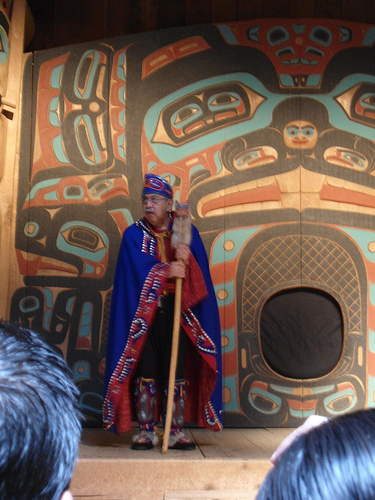Originally published August 19, 2012
We are going to explore something a bit different today. Don’t worry, book reviews will return; however it appears as though my developing fan base includes some history buffs and some writers so this topic will be of interest: how to find stuff.
So, remember in school when we were assigned a report, taken to the library, and taught how to use the index card file, the Readers’ Guide to Periodical Literature, encyclopedias and all sorts of other reference materials? Sometimes, during a research project, you had to become great friends with the research librarian so you could find 100 year old texts and get to look at the thing through a rather prolonged and sometimes expensive process called, “Inter-library Loan.” Well, those days are long gone and the intrepid researcher is no longer bound by what is available in the corner library (but don’t forget to support that library–we still need them)!
With the digital age upon us, finding source material is an adventure, but it can be done. Even that classic, Readers’ Guide is on the ‘net! So, now and then, I will share some of the treasure troves I have found. Little corners of the internet that have something special to offer to those of inquiring minds. Today’s stop: World Digital Library.
To provide a little background, in June of 2005 a librarian of Congress, James H. Billington proposed a “World Digital Library” to UNESCO. It wasn’t until December of 2006 that working groups were formed in order to establish content and selection guidelines. A prototype was developed by October of 2007 and in April of 2009 it was launched for public use. There are now some 6,142 contributions from every member country of UNESCO (as of today). Update in 2020: there are now 19,147 items from 193 countries spanning the period between 8000 BCE and 2000 CE.
This collection includes rock paintings from Africa dated to 8,000 BCE, maps, coins, paintings, photographs, objects and manuscripts from all parts of the world. There is a slider timeline on the home page that allows one to reduce the search to a specific time period. The data base can be searched by place, topic, type of contribution or contributing institution. The digital renderings are fabulous.
So, for a fun afternoon of prowling through our history or when in need of strange and wonderful points of interest, try a visit to this online institution and be introduced to a world of incredible human ingenuity, art, and history.



No Comments